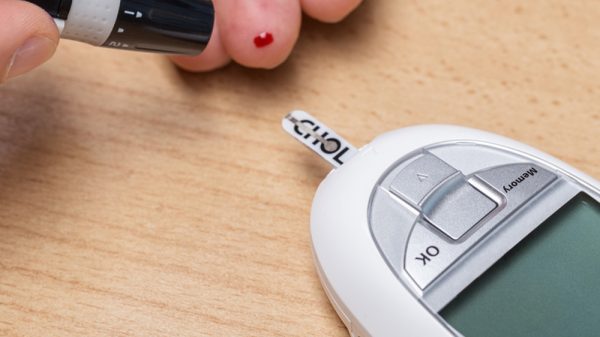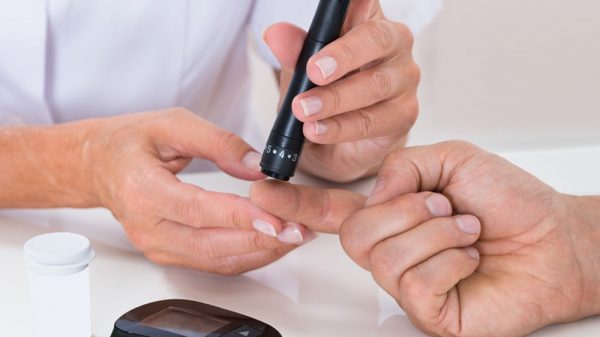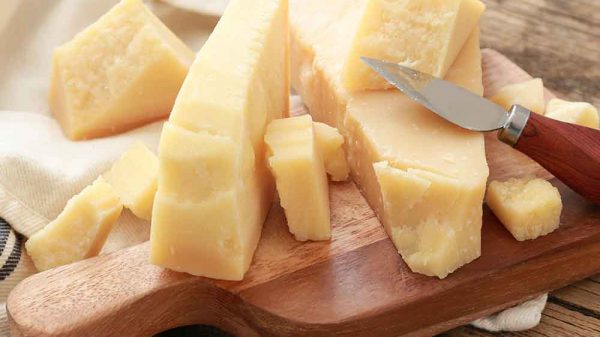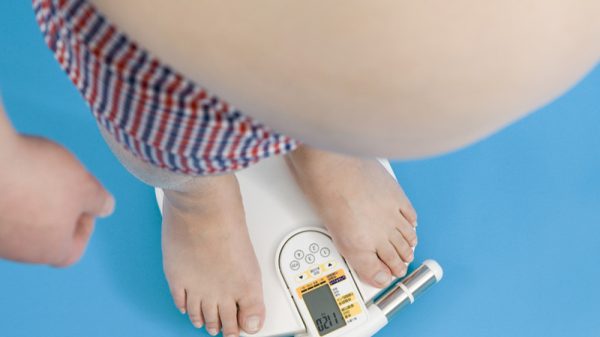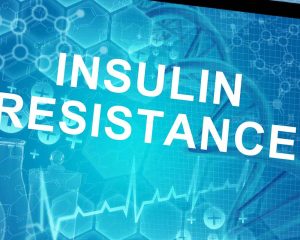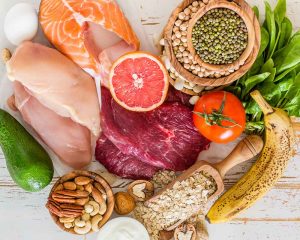It may be alarming to see the words “increase” and “cholesterol” in the same sentence because cholesterol tends to be associated with negative health impacts. Not as much attention is paid to the two different types of cholesterol, which one is bad for your health, and which one is good for your health. In this article, we tell you everything you need to know about how to increase HDL cholesterol – the good kind.
HDL vs. LDL Cholesterol
HDL stands for high-density lipoprotein, and LDL stands for low-density lipoprotein. HDL cholesterol and LDL cholesterol play different roles in the body. While LDL is harmful, HDL is protective. High levels of LDL and low levels of HDL increase your risk of heart disease and heart attack.
There are no symptoms associated specifically with having low HDL and high LDL cholesterol. LDL is unhealthy cholesterol and over time, having too much of it leads to cardiovascular disease and atherosclerosis, which is the accumulation of plaque on arterial walls. If too much plaque accumulates in the arteries, it can block blood flow and cause a heart attack or stroke.
HDL is healthy cholesterol and is responsible for scavenging LDL cholesterol and bringing it to the liver to be processed and excreted. We need enough HDL in our blood to act as transporters to remove dangerous LDL. In addition to its role as a scavenger, HDL also exhibits anti-inflammatory properties, helps reduce blood clots, and may play a role in improving insulin resistance by increasing the function of beta cells.
Who is at Risk for Low HDL Cholesterol?
Risk factors for low HDL include a sedentary lifestyle, metabolic syndrome, obesity, type 2 diabetes, systemic inflammation, and smoking.
Ideal Cholesterol Levels
Typically, you will learn about your cholesterol levels from a blood test that reveals the amount of LDL and HDL in your blood. The Mayo Clinic provides helpful information about how to interpret cholesterol and triglyceride levels on a blood test. (1)
Ideally, the combined total cholesterol should not exceed 200 milligrams per deciliter (mg/dL) of blood. Levels of HDL cholesterol should be at least 60 mg/dL of the total 200 mg/dL. Levels of LDL cholesterol should be at most 129 mg/dL if you’re in good cardiovascular health. If you have a history of coronary heart disease, LDL levels should be much lower.
Having sufficient levels of HDL cholesterol help maintain cardiovascular health. However, keep in mind that high levels of HDL cholesterol alone are not sufficient to lower the risk associated with high LDL cholesterol. Maintaining healthy levels of both is crucial for supporting heart health and lowering your cardiovascular risk.
Balancing Cholesterol with Medications
Statins are medications that physicians prescribe to manage cholesterol levels. Statins effectively inhibit the synthesis of cholesterol and decrease levels of LDL, though they have minimal impact on HDL cholesterol.
Medications that are aimed at specifically raising HDL cholesterol have been considered. Studies are being conducted on fibrates, which show promise in reducing cardiovascular events and increasing HDL cholesterol. However, overall, medications are aimed at managing LDL cholesterol levels. (2)
How to Raise HDL Levels Naturally
You can raise your good cholesterol with lifestyle changes like exercise, weight loss, and adding heart-healthy foods that raise HDL.
Check out these tips for improving your cholesterol levels:
1. Replace saturated and trans fats with healthy fats.
Trans fats and saturated fats, especially from animal products, contribute to metabolic syndrome and bad cholesterol levels. To avoid these fats, steer clear of packaged and processed foods, fast food, and fatty meats and dairy. Swap out these bad fats for healthy monounsaturated and polyunsaturated fats. Great sources of good fats include avocado, fatty fish, olive oil, and flaxseeds.
Nuts are another great source of healthy fats. One study shows that replacing an unhealthy snack with almonds may help increase HDL cholesterol. (3)
2. Stop smoking.
If you smoke, this can increase your risk for low HDL cholesterol. Scientific data reveals that quitting smoking causes a rise in HDL cholesterol within just a few weeks. (4)
3. Start exercising.
Adding aerobic exercise to your daily routine may result in up to a 10% increase in HDL cholesterol. (5)
Improving the Function of HDL Cholesterol Naturally
Remember that HDL plays many important roles in the body: removing LDL, reducing the risk of blood clots, and mitigating inflammation. Many inflammatory conditions like metabolic syndrome cause dysfunctional HDL.
So, a better way to reap the benefits of HDL cholesterol is to enhance its function, not just the amount of HDL in your blood. A critical measure of HDL function in many scientific studies is cholesterol efflux capacity, which describes the ability of HDL to uptake cholesterol from white blood cells. Results of a study published in the New England Journal of Medicine indicated that improved cholesterol efflux capacity was associated with lower cardiovascular risk, independent of the levels of HDL in the blood. (6)
One of the main ways to raise your HDL levels and improve HDL activity is by adopting healthy eating patterns. Research shows that people who consume a Mediterranean diet – rich in whole grains, fruits, vegetables, beans, fatty fish, and olive oil – have lower rates of cardiovascular disease and atherosclerosis.
Additionally, studies show that certain components in foods and spices play a role in helping HDL cholesterol do its job better.
Benefits of Flavonoids
Flavonoids refer to a variety of polyphenols found in plant-based products, like fruits, vegetables, teas, and juices. Research shows that polyphenols increase the activity of a protein that interacts with HDL, causing cholesterol efflux to increase and HDL to operate as a more effective antioxidant. (7)
Flavonoids have antioxidant and anti-inflammatory properties and research shows that the consumption of flavonoids is associated with a lower risk of cardiovascular disease. (8) In particular, certain flavonoids show promise in improving HDL function. (9)
Here are subgroups of flavonoids and their food sources that you can incorporate into your diet:
- Anthocyanins. Foods rich in anthocyanins tend to be red, blue, or purple in color. (10) Fruit sources of anthocyanins: acai berries, black elderberries, blackberries, blueberries, pomegranate, red grapes. Vegetable sources of anthocyanins include red cabbage, purple sweet potato, and purple corn
- Flavanols. Dietary sources of flavanols include green tea, cocoa, grapes, and apples. Try adding a cup of green tea to your daily routine and snacking on grapes and apples.
- Flavonols. Broccoli, kale, lettuce, onions, and black grapes are rich sources of flavonols. Try sautéing kale, broccoli, and onions for a heart-healthy side dish.
Protective Effects of Spices and Herbs
Interestingly, many herbs and spices have a similar impact on cholesterol as fruits and vegetables. Herbs and spices also tend to be more accessible and stay fresh longer.
Try having these spices on hand to flavor your dishes.
- Garlic. A common flavor used in many different cuisines, garlic consumption seems to play a role in increasing HDL cholesterol while decreasing LDL. (11)
- Coriander. This savory spice can be used in curry dishes, and research on rat models shows that coriander can help prevent plaque accumulation in the arteries.
- Turmeric. This vibrant yellow spice has anti-inflammatory properties and helps prevent atherosclerosis. Turmeric also plays a role in protecting liver health and reversing liver damage.
- Black pepper. This common seasoning helps increase cholesterol efflux and mitigate cardiovascular disease. (12) Black pepper also helps increase your body’s absorption and utilization of turmeric, so using both spices in the same dish is beneficial.
Though more clinical studies are needed to determine the extent to which dietary fruits, vegetables, herbs, and spices improve HDL levels and function, the research to date is promising. The bottom line here is to incorporate a diverse array of fruits, vegetables, and spices into your diet. Polyphenols and other anti-inflammatory components present in these foods help improve cholesterol levels and metabolic health while reducing the risk of atherosclerosis and cardiovascular disease. Antioxidants and anti-inflammatory compounds also attenuate fatty liver disease and repair liver damage.
Conclusion
Not all cholesterol is bad: HDL actually helps prevent the accumulation of plaque in our arteries. Applying lifestyle changes will help increase HDL, decrease LDL, and promote healthy cardiovascular functioning.

References:
1. https://www.mayoclinic.org/tests-procedures/cholesterol-test/about/pac-20384601
2. https://www.ncbi.nlm.nih.gov/pmc/articles/PMC5565659/
3. https://www.ncbi.nlm.nih.gov/pmc/articles/PMC5525107/
4. https://www.ncbi.nlm.nih.gov/pmc/articles/PMC4177613/
5. https://www.ncbi.nlm.nih.gov/pmc/articles/PMC5565659/
6. https://www.ncbi.nlm.nih.gov/pmc/articles/PMC3030449/
7. https://www.ncbi.nlm.nih.gov/pmc/articles/PMC6278283/
8. https://www.ncbi.nlm.nih.gov/pubmed/23953879/
9. https://www.ncbi.nlm.nih.gov/pmc/articles/PMC5347106/
10. https://www.ncbi.nlm.nih.gov/pmc/articles/PMC5613902/
